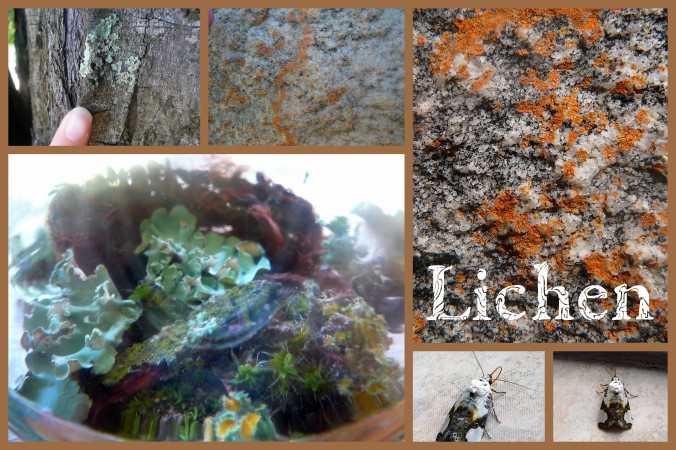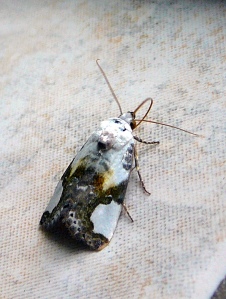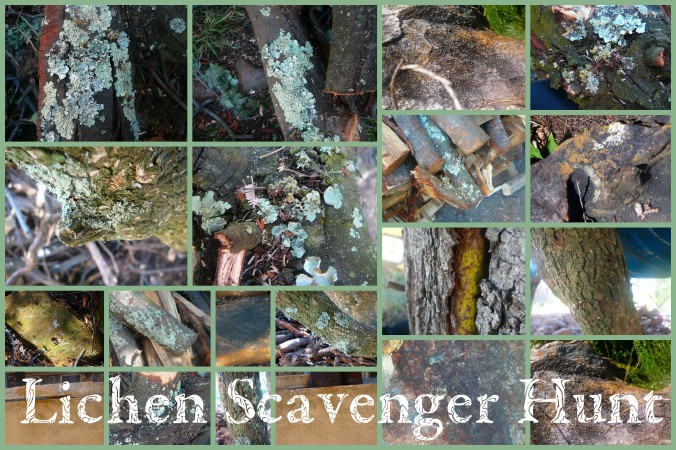With my teenager’s increasing independence in their homeschooling, our days have settled into a new rhythm, and I have found peace in making some new, small, personal goals for myself. Charlotte Mason calls it “Mother Culture“. One of my goals is to regularly sketch in my nature journal. I look forward to quietly making an entry once a week during a lovely time of quiet observation, some scientific research, and creative sketching, painting or journaling.
 Here is where I find inspiration for my nature journaling ~
Here is where I find inspiration for my nature journaling ~
Outdoor Mom Journal
Barb at Handbook of Nature Study ran a monthly Outdoor Hour Challenge which we enjoyed in our early homeschool years. Her nature journal prompts are open-ended statements ~
- The most inspiring thing we experienced was…
- Our outdoor time made us ask (or wonder about)…
- In the garden, we are planning/planting/harvesting….
- I added nature journal pages about….
- I am reading…
- I am dreaming about…
- A photo I would like to share…
Simple, gentle prompts which lead to her monthly Outdoor Mom Journal posts.
 Nature Finds
Nature Finds
As my grown children and older teens no longer go on nature walks, I am privileged to go for walks with my little granddaughter who comes to visit us often. She notices all the tiny details and loves to pick up leaves, feathers, stones and any other interesting nature finds. I keep her nature finds on a little tray. Often I use her finds as a journal inspiration.
This nature tray was inspired by Celeste, a mommy to 6 little kiddies under 8, of Joyous Lessons, who writes about their nature tray. She set up a little tray for her family’s nature finds and encouraged her children to look at, play around with, and record these ‘finds’ in their journals. At the end of the week she stores or clears the tray ready for the new week.
She says,
“In a way, this holds me accountable too: I don’t like to clear out the tray until I have had time to document and sketch a bit, but the tray must be emptied to make room for our new finds. So through the routine, I’m nudged into at least a weekly journal entry.
This seems like such a minor tip–perhaps this is something you already do! But if you’re anything like me, it’s little things, those easy habits that allow the “extras” to become smoothly woven into the rhythm of our days, that make all the difference. It’s this little habit that prods me to get out the colored pencils and notebooks!”
Instagram
I find some amazing inspiration on the Internet. Remember I posted about Helen at
Middlewood Journal? Here’s someone who inspires me I found on
Instagram … I am totally in awe of
L Gastinger, who describes herself as “a b
otanical artist, illustrator, documenter and interpreter of all things exquisite and awesome in nature”. Her double-page spreads are so intricate, details and perfect, you simply must pop over to view her work!My Garden
Lastly, I love
gardening and this year has been a year of big gardening changes for me. After struggling for years working in my vegetable garden which was very near a row of willow trees, my hubby and I finally created a shade-netted vegetable garden in a lovely, sunny open space. It has been a joy to harvest food in less than 3 months!

I also completely transformed a decorative flower garden into a herb and salad/ kitchen garden outside my back door. I cut down huge shrubs, transplanted flowering plants and moved all my herbs. I prepared the new beds with ash, manure and compost layers and covered them with a thick mulch layer. Late summer and autumn seeds and seedlings are in and I am already planning my winter seeds. With all this happening, there is plenty to note, sketch, paint, photograph and journal!
So, simply, I plan to set time aside each week for my nature journal entries and aim to participate in a monthly Outdoor Mom’s Journal.
What about you? What inspires you in your nature journaling?
In Grace, Nadene

































You must be logged in to post a comment.